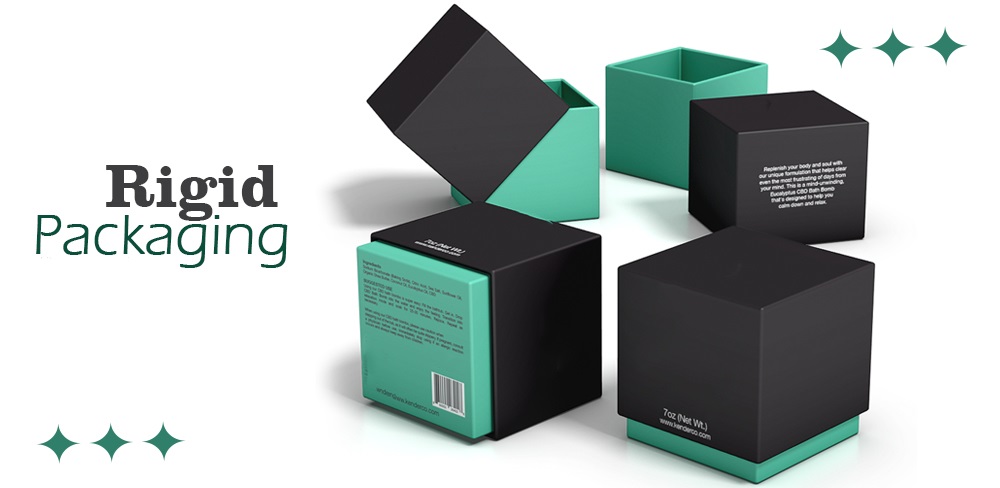Are you confused about the difference between rigid and flexible packaging? Do you know which type of container is better for your product? If not, then you have come to the right place. In this blog post, we will be discussing why rigid packaging is superior to its flexible counterpart. We’ll explore the advantages and disadvantages of both types of containers as well as their applications in various industries. By the end, you should have a good understanding of why rigid boxes are often chosen over flexible packaging in certain situations. Read on to learn more!
What is rigid packaging?
Rigid packaging is a type of packaging that is not easily deformed or changed in shape. This makes it ideal for products that need to be protected from damage during shipping and handling. Custom rigid box packaging can also be used to display products in a retail setting.
Some common examples of rigid packaging include:
-Glass bottles
-Metal cans
-Plastic bottles
-Paperboard boxes
Rigid packaging has many advantages over flexible packagings, such as:
-It provides better protection for fragile products.
-It can be more easily stacked and stored.
-It is more tamper-resistant.
-It can be reused or recycled more easily.
What are the benefits of rigid packaging?
Rigid packaging has numerous benefits over its flexible counterpart. To start, rigid box packaging is much more durable and stackable, meaning that your product will be better protected during transit and storage. Additionally, custom rigid box packaging is often easier to open and reseal, which can be a major advantage if your product is perishable or needs to be kept fresh. Finally, customers often perceive rigid boxes as being higher quality than flexible packaging, which can give your product a boost in perceived value.
How is rigid packaging better than flexible packaging?
Rigid packaging is better than flexible packaging for a number of reasons. First, rigid packaging is more durable and can better protect the contents of the package. Second, rigid boxes are often more tamper-resistant than flexible packaging, making it a better choice for products that need to be secure. Third, rigid box packaging is generally more recyclable than flexible packaging. Finally, custom rigid boxes and packaging can often be more cost-effective than flexible packaging, due to their durability and recyclability.
Overall, rigid boxes are better than flexible packaging because it offers superior protection and security, is more recyclable, and can be more cost-effective.
What types of products are best suited for rigid packaging?
There are many types of products that are well suited for rigid boxes and packaging. These include foods, beverages, cosmetics, and personal care items. Rigid box packaging is also often used for industrial and commercial products.
Rigid packaging has several advantages over flexible packaging. It is more durable and provides better protection for the product. Rigid box packaging is also easier to stack and store. Additionally, custom rigid box packaging can be recycled more easily than flexible packaging.
Conclusion
Rigid packaging is the superior choice when it comes to protecting and preserving products, as well as providing a better overall customer experience. Compared with their flexible counterparts, rigid boxes offers higher strength and protection, improved shelf appeal, and more versatile branding opportunities. Ultimately, this makes them a smarter investment for businesses looking to increase their brand presence in the market.


